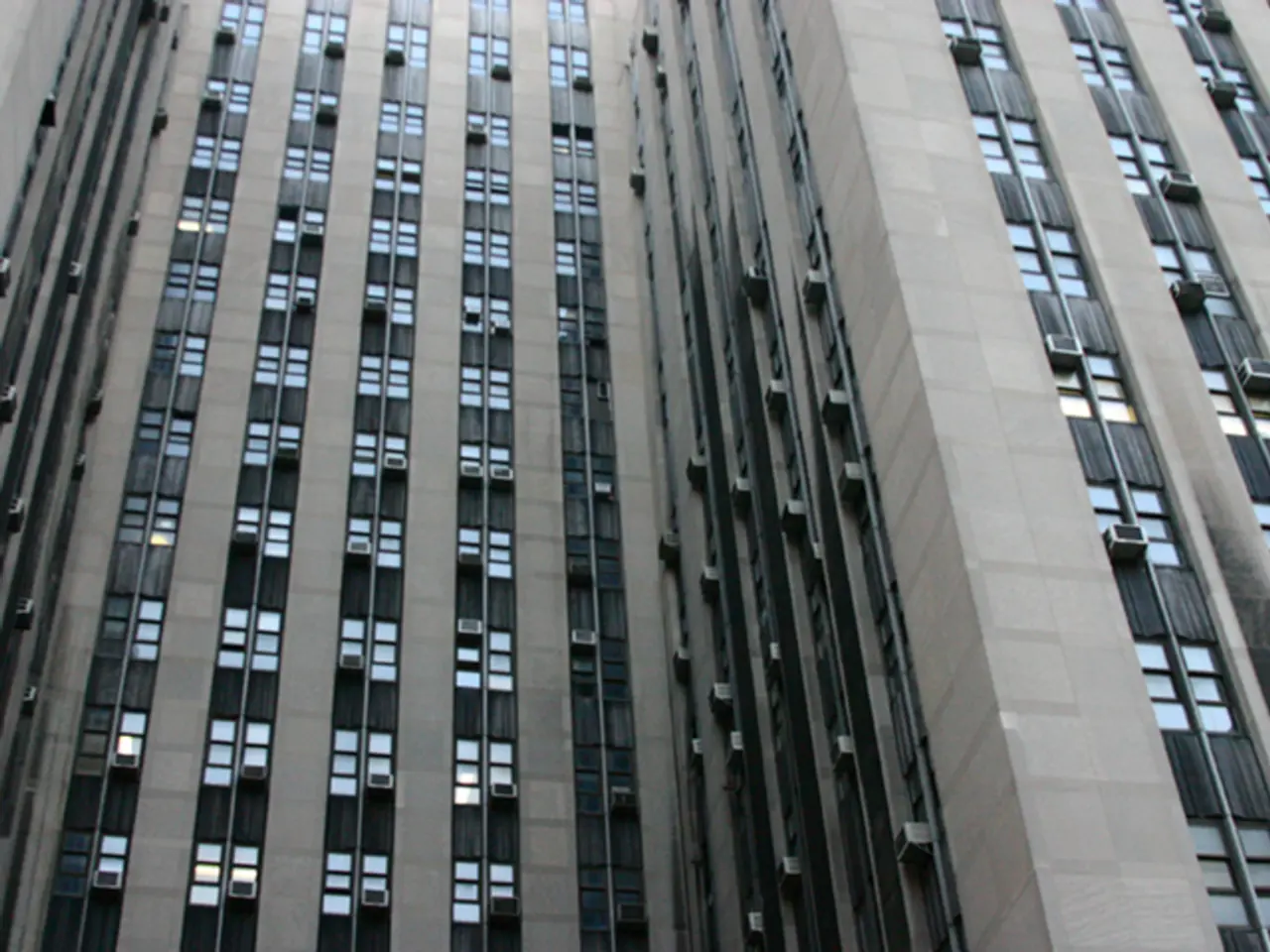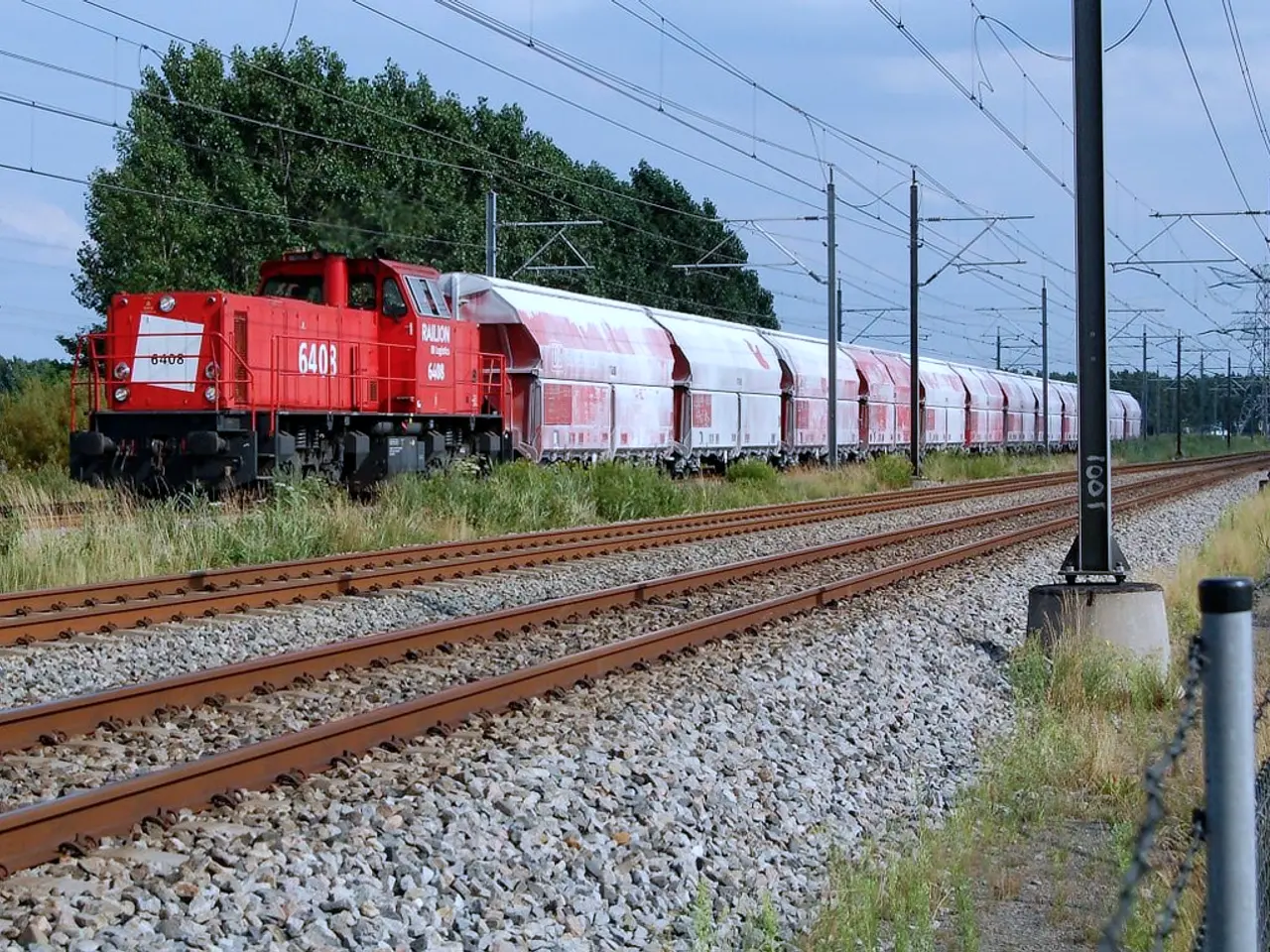Property Choice Regret: A Real Estate Decision Many Will Wish They Hadn't Overlooked
In the face of increasingly frequent and intense heatwaves, France's Environmental Regulation 2020 (RE2020) is leading the charge for more comfortable and eco-friendly homes. The regulation, which came into effect in 2020, includes specific measures designed to reduce the impact of heatwaves, with a primary focus on ensuring optimal summer comfort for occupants.
One of the key measures under RE2020 is enhanced thermal insulation and airtightness. This strengthens standards around building insulation and air tightness, aiming to maintain cooler indoor temperatures during heatwaves, thereby limiting the need for excessive air conditioning. The regulation also promotes the use of renewable energy and sustainable materials, which indirectly supports climate adaptation by improving building thermal performance.
The design of new homes under RE2020 also considers the use of materials with good heat insulation properties. For instance, concrete and bricks, known as thermal inertia materials, are capable of absorbing and slowly releasing heat to smooth out temperature variations between day and night. Wood wool and cellulose, more effective than traditional mineral wool for heat insulation, provide a delay between when the temperature rises outside and when the heat enters the dwelling, with a high thermal phase shift of 10 to 12 hours.
To respect the summer thermal performance limit of 1,250 DH per year, set by RE2020 to avoid indoor temperatures exceeding 26°C, new constructions are designed to stay cool without air conditioning, a major consumer of electricity and generator of greenhouse gas emissions. The sun starts heating houses at 10 am, according to Hexaom, but with the use of thermal inertia materials and effective insulation, heat doesn't start penetrating the house until 5 pm, when the outdoor heat starts to decrease and it becomes possible to ventilate.
Cross-ventilation with a minimum of two opposite facades is another design emphasis under RE2020. This, combined with shading solutions for glazed walls such as motorized roller shutters, adjustable aluminum sun louvers, and pergolas, helps manage temperature variations and maintain a comfortable indoor environment.
June 2025 saw France experiencing its second hottest June ever recorded, following June 2003. With meteorologists predicting the record temperature to be broken in the coming summers, buying a new home designed under RE2020 could offer a solution to protect against the multiplication of heatwaves. These energy-efficient homes serve as a bulwark against summer heat, providing a comfortable living space even during the hottest months.
However, not all homes are created equal. A Haussmannian apartment, facing south, could become a thermal pressure cooker due to the heatwave affecting France. This underscores the importance of RE2020 in ensuring that new homes are designed to withstand the challenges posed by heatwaves, providing a model for other countries to follow in the fight against climate change.
- In light of the rising frequency and intensity of heatwaves, investing in life insurance might also involve considering the implications of climate-change on real-estate, as eco-friendly homes designed according to France's Environmental Regulation 2020 (RE2020) are increasingly essential for maintaining a comfortable living space.
- The financial sector could potentially benefit from the increasing demand for sustainable homes under RE2020, as these energy-efficient properties offer long-term savings on electricity bills due to reduced reliance on air conditioning and other cooling systems.
- As climate change continues to impact the housing market, environmental science and science, more broadly, play a crucial role in developing sustainable solutions for heat-resilient homes, such as innovative insulation materials and cross-ventilation strategies.
- With the escalating costs of adapting traditional homes to the challenges of heatwaves, buying a new home designed under RE2020 can potentially offer a financial advantage in the long run, while simultaneously minimizing the carbon footprint associated with excessive air conditioning use and greenhouse gas emissions.




